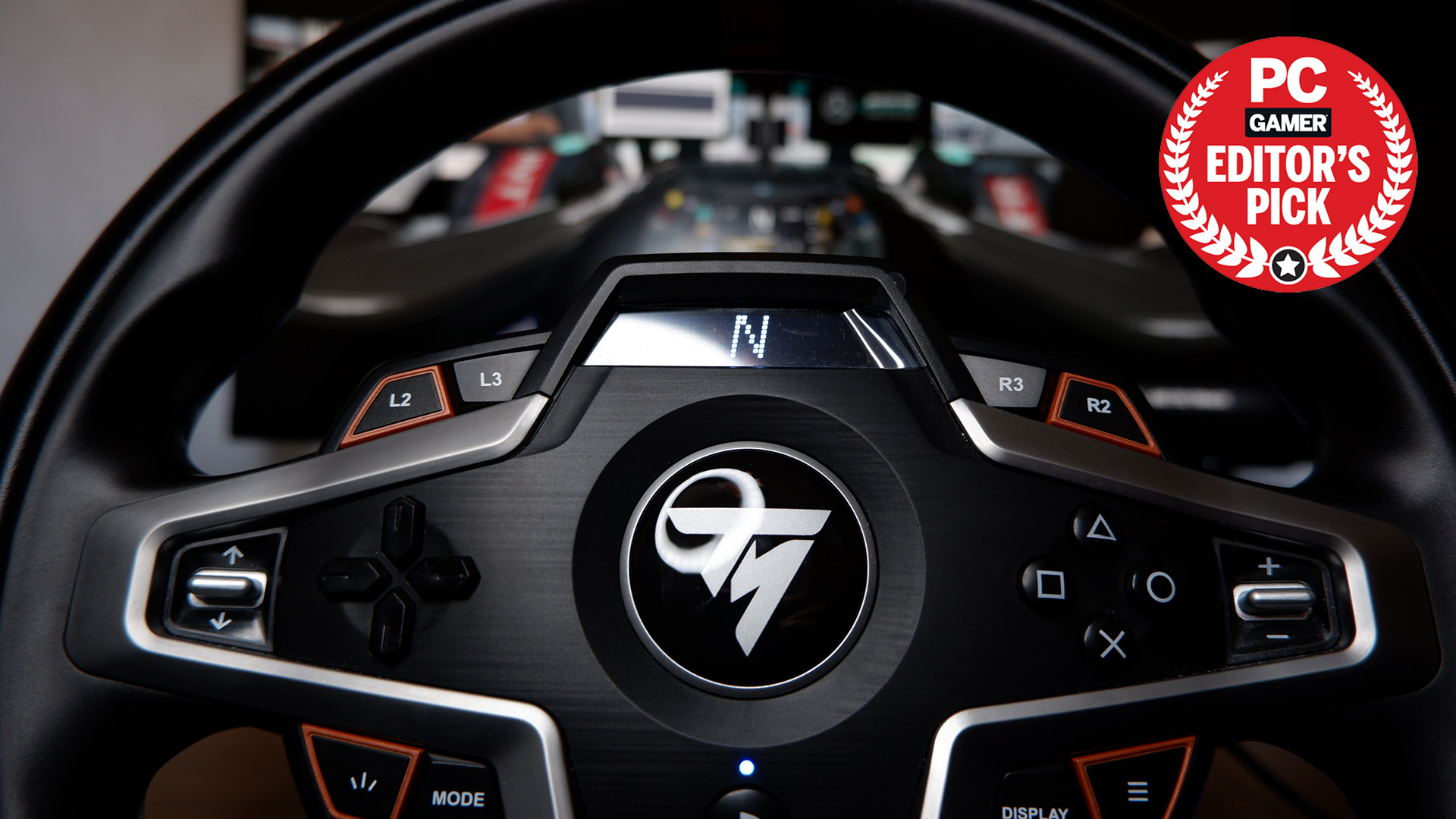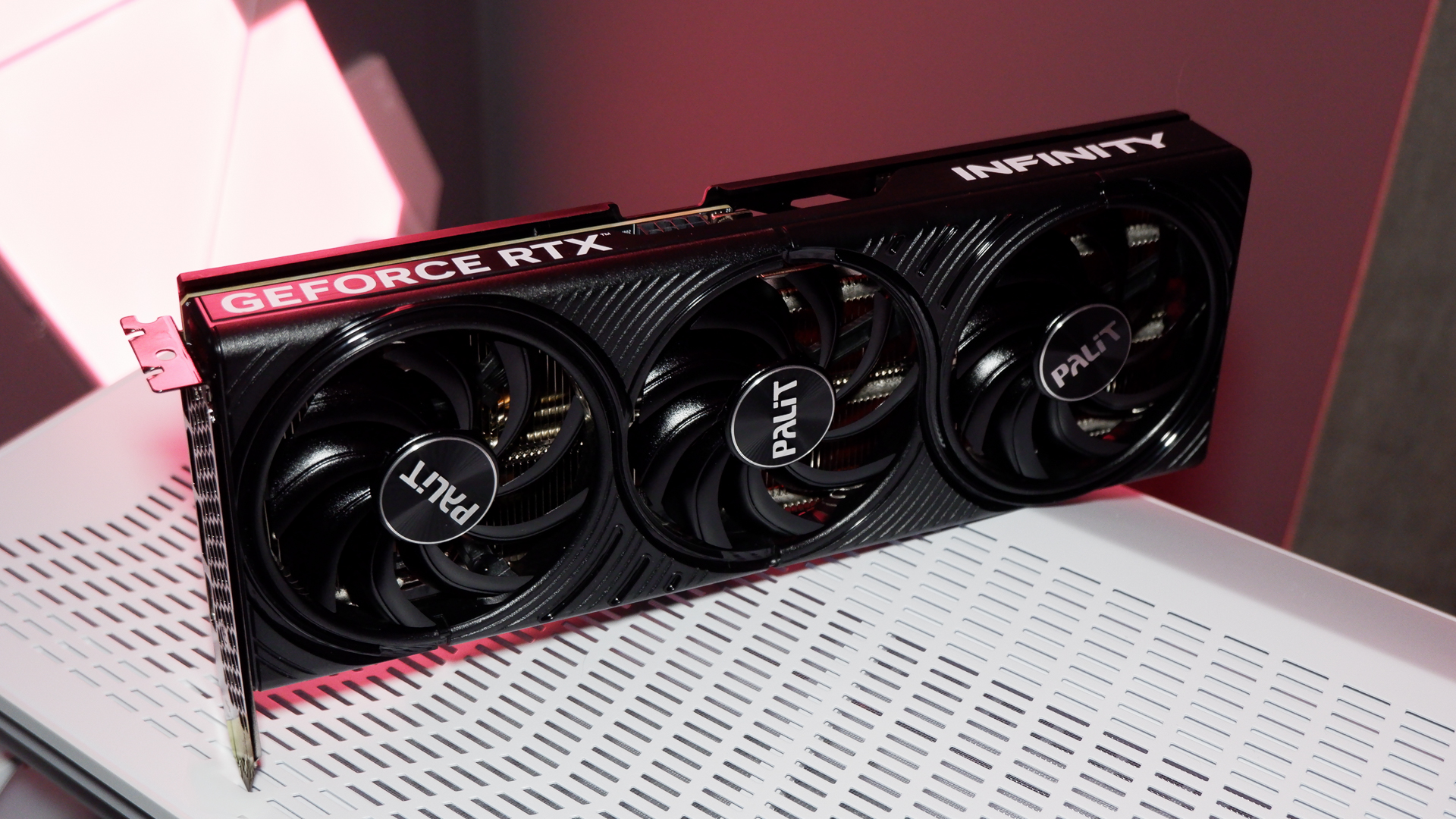Our Verdict
The Thrustmaster T248 is the best racing wheel for developing your driving skills at an affordable price.
For
- Hybrid Drive delivers smooth and accurate force feedback
- Simple to set-up
- Easy onboard interface
- Improved pedal set
- Best paddle shifters going on an affordable wheel
Against
- Pedals can be slippy on carpet or smooth flooring
- Stiff rotation
- T300RS remains a solid option for a little more cash
- Shifters are hella loud
PC Gamer's got your back
You don't need to spend thousands on the latest racing wheel and wheelbase to get a competitive racing sim setup, you just need to turn to the best companies in the biz. Companies such as Thrustmaster, who has put together a stellar package in the T248 for a little under $400. Sure, other racing wheels are more visually appealing, but I found myself coming back to the T248 more often than others for its excellent force feedback.
The Thrustmaster T248 includes both the T248 wheelbase and wheel and a set of T3PM magnetic pedals. It's the sort of all-in-one package looking to square up to the Logitech G923 or compete with Thrustmaster's own, slightly more expensive T300RS. In terms of its underlying force feedback technology, it's sort of an in-between of those two competing packages, too.
The best racing wheels around will produce accurate force feedback through what's known as direct-drive. A motor translates in-game activity and calls from the game engine into bumps, vibrations, and rotational movement. However, this can be pricey to implement as it requires a large motor powering it.
Cheaper racing wheels get around that by boosting the power of a smaller, cheaper motor through the use of other systems, such as gears or belts. Though with these additional parts feeding power through the wheel you also lose the finer details from the motor and therefore the end result is less response and accuracy. When you need to trim costs, however, these are the way to go, and a belt-drive system is usually the preferred option for its ability to amplify power from the motor with minimal clunkiness.
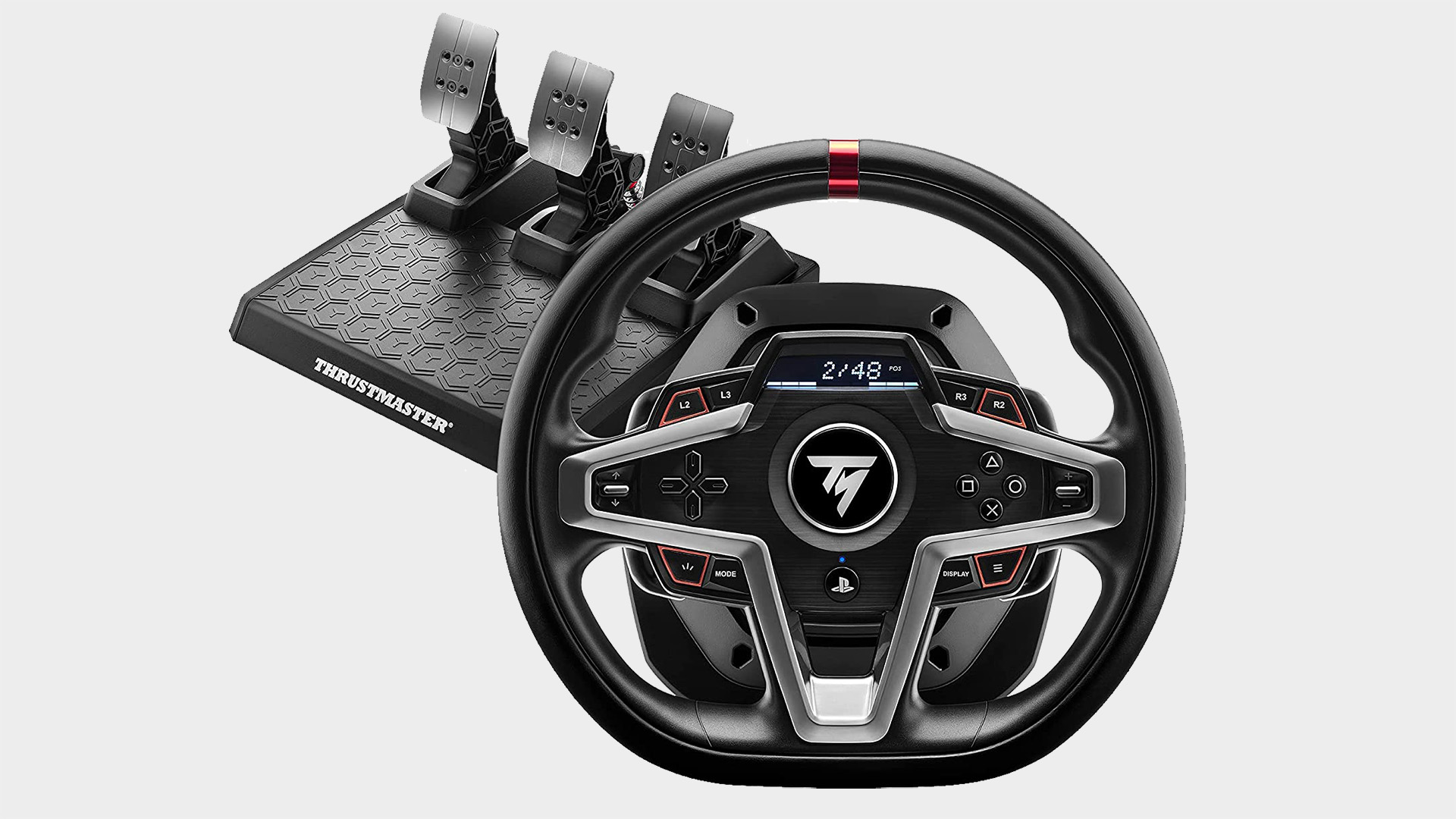
Force feedback: Hybrid Drive
Buttons: 25, including paddle shifters
Shifters: Magnetic paddle shifters (flappy paddles)
Customisation: Onboard
Mounting: Included table clamp, screw compatibility
Pedals included: Yes
Pedal type: Magnetic, adjustable spring brake
Price: $397 / £300
What Thrustmaster is delivering with the T248 is the Thrustmaster Hybrid Drive. It's not exactly gear- or belt-driven, but there is a belt in there to maximise the internal motor's potential in-game. The Hybrid Drive feels like a smart move on Thrustmaster's behalf once you get this wheel setup, too, as compared to a purely gear-driven motor, there's a lot of power and response delivered through the wheel while racing.
It is a heavy-feeling wheel, though. You really have to throw it around with some force to make a sharp corner at speed. That's both a blessing and a curse: If you don't have it setup right for a game like F1 2021 or some cars in Assetto Corsa: Competizione—where the wheel rotation is far from the maximum 1080° offered—it can be quite a struggle to turn the T248 as needed. Though that's mostly easily rectified by spending a little more time in the settings menu.
When it comes to rallying in WRC 10 or some cheeky drifting in Forza Horizon 5, there's not such an easy fix. You have to instead turn down the force feedback on the wheel, which loosens it up a little bit, but isn't the ideal option.
But like I said, it's also a blessing in some games. Once you're set up in F1 2021 with 360° rotation befitting an F1 car (rotation can be adjusted through the onboard wheel settings), that high level of resistance and feedback from the tyres and the track really helped me nail down my accuracy in tricky corners. I'd say more so than the purely gear-driven Logitech G923, which is less controlled and precise than the T248 while arguably more fun to use and better suited to erratic drifting.
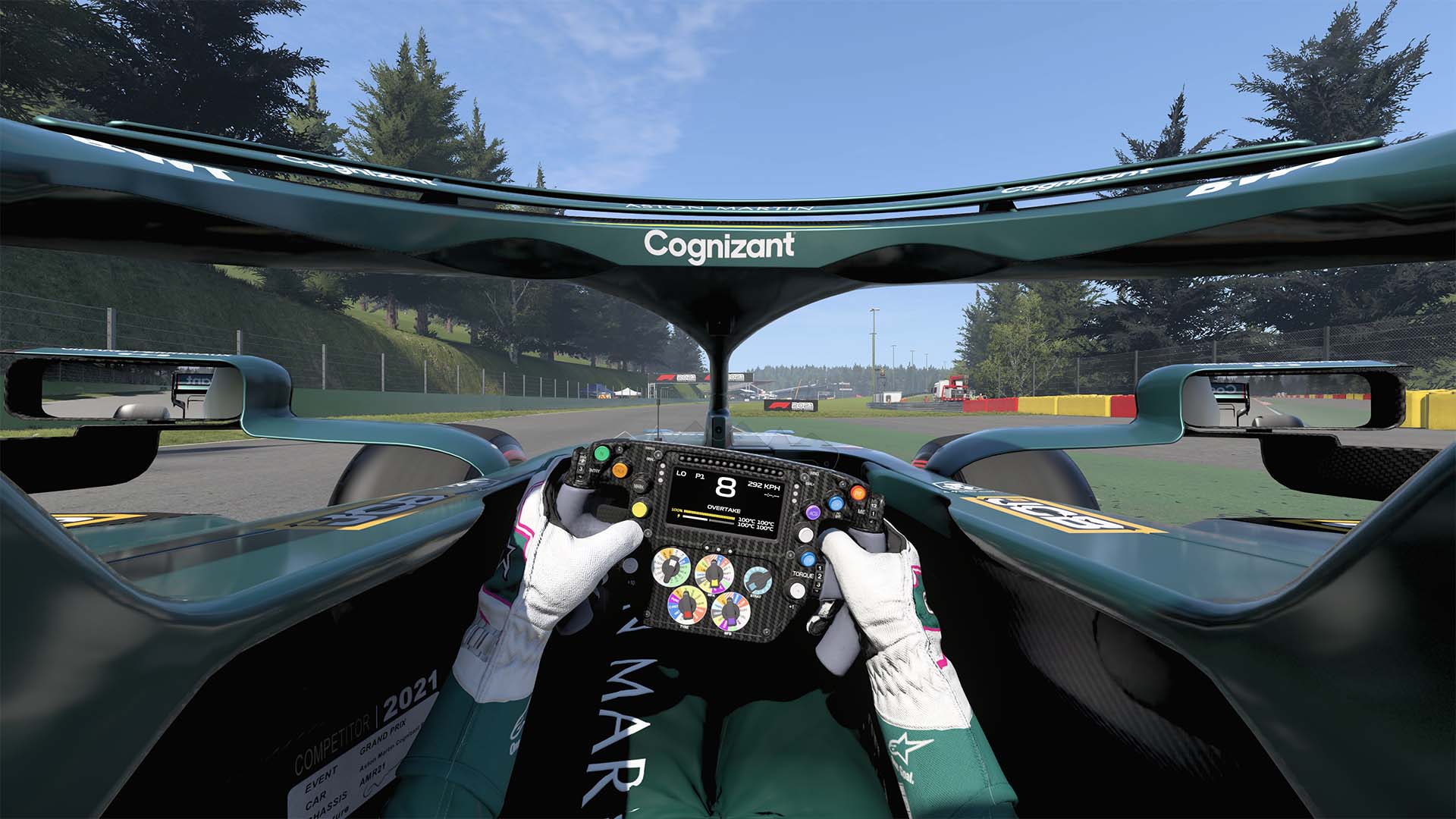
Some F1 tracks were trickier than others to get just right with the T248. The Netherlands' own Zandvoort recently returned to the F1 calendar and to the F1 games, and that is a tight and tricky track to nail down with plenty of sharp corners. I found I had to run a few laps just to balance the level of force feedback and response on the T248 to feel comfortable around the track's tightest corners and through the high-speed banked turns leading to the straights. More tweaking that I've ever done on a per-track basis for other wheels I've used.
Though my reward for that extra work was some seriously snappy lap times. With a wheel such as this delivering a high level of resistance throughout its rotation, and a smooth, responsive force feedback, it is easy to develop your driving technique over the course of the lap and slowly develop how you take a corner.
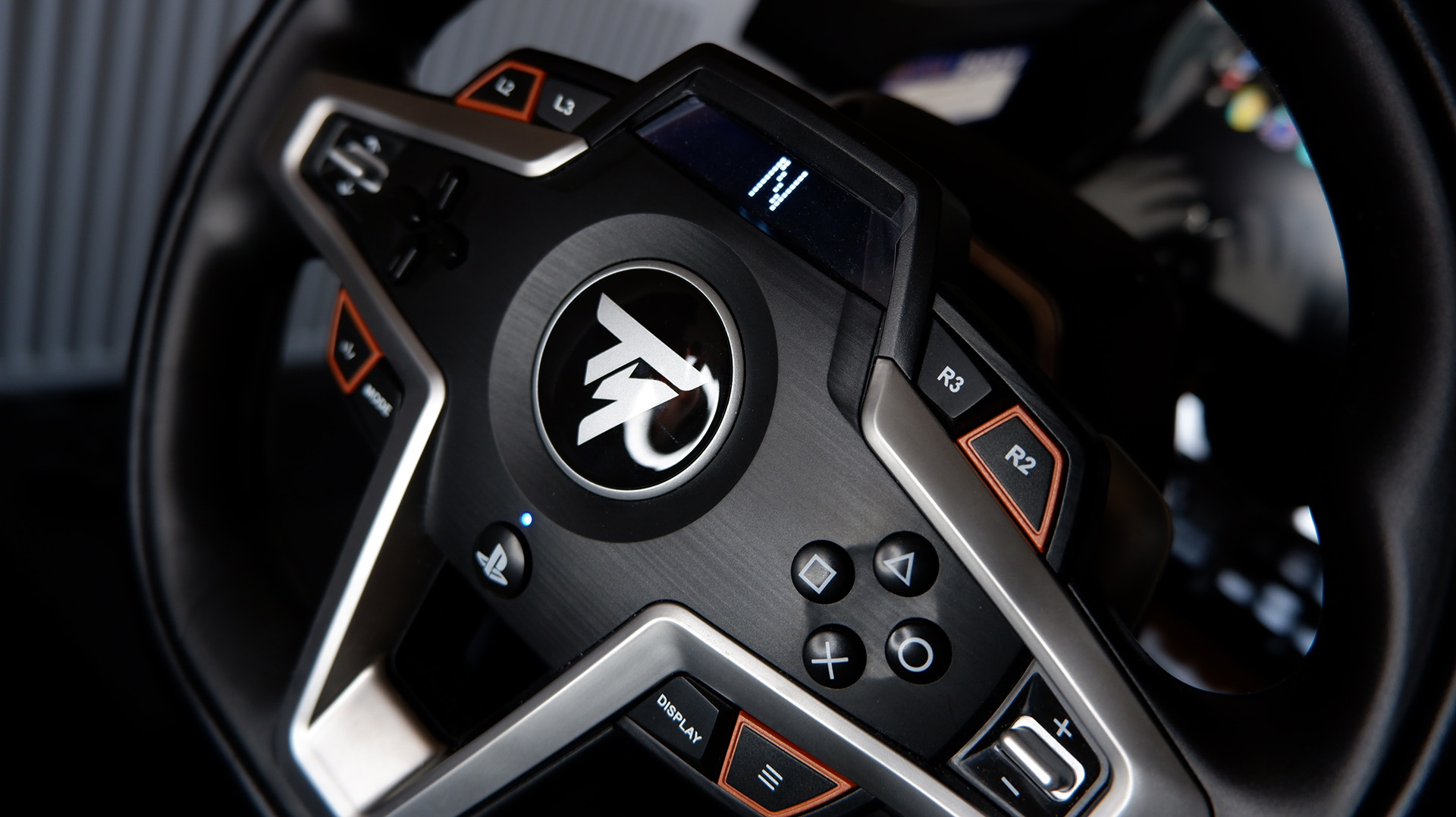
It's for that reason that I find myself reaching for the T248 more than the G923 when I dip into a driving game. I've had more fun freestyling with the G923, but now that I want to push my driving a little further, and find myself focusing on lap times, it's the Thrustmaster wheel that helps me do that better of the two. In more heavy sim games like Assetto Corsa, that sort of feedback from your car's tyres and their connection to the track at any given time is crucial to nailing faster lap times.
I find myself reaching for the T248 more than the G923 when I dip into a driving game.
There are also three modes for force feedback accessible via the wheel's easy-to-use onboard interface: FFB 1 is your standard response as the game decides, FFB 2 is a little more oomph than that, and FFB 3 adds even more sauce to that. I recommend FFB 3 where you can—the extra feedback provided doesn't take away from the accuracy of the response in any way, so why not?
Next to a direct-drive unit like the Fanatec GT DD Pro, you're looking at a much weaker response in the T248, however. It can come across a little muted when you're really throwing it around rocky terrain. Yet at this price there's not a whole lot more out there that will appeal to both more casual gamers and more experienced racers than the T248. Perhaps the fan-favourite T300RS—with its hot-swappable wheel and belt-driven force feedback—but then you're missing out on the mod cons of the T248.
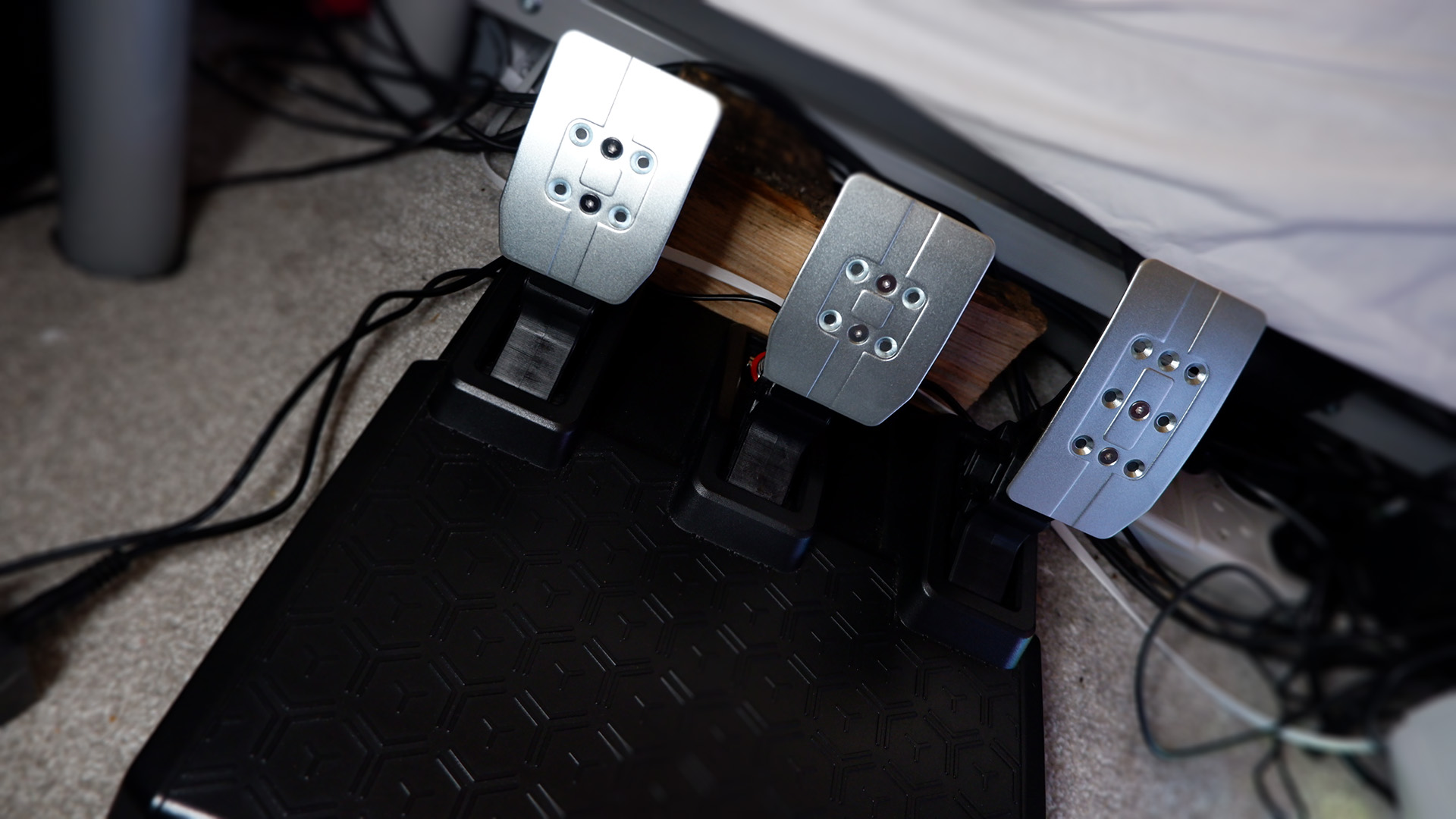
Mod cons such as an impressive pedal set. The T248 comes with Thrustmaster's T3PM pedal set, which are magnetically actuated and topped with a metal plate for long-term use without degradation. They also deliver a great feeling brake that's set-up fairly well out of the box. You can tweak the brake with an included spring, and there's a small washer in there you can remove for a total of four adjustments to the overall brake feel.
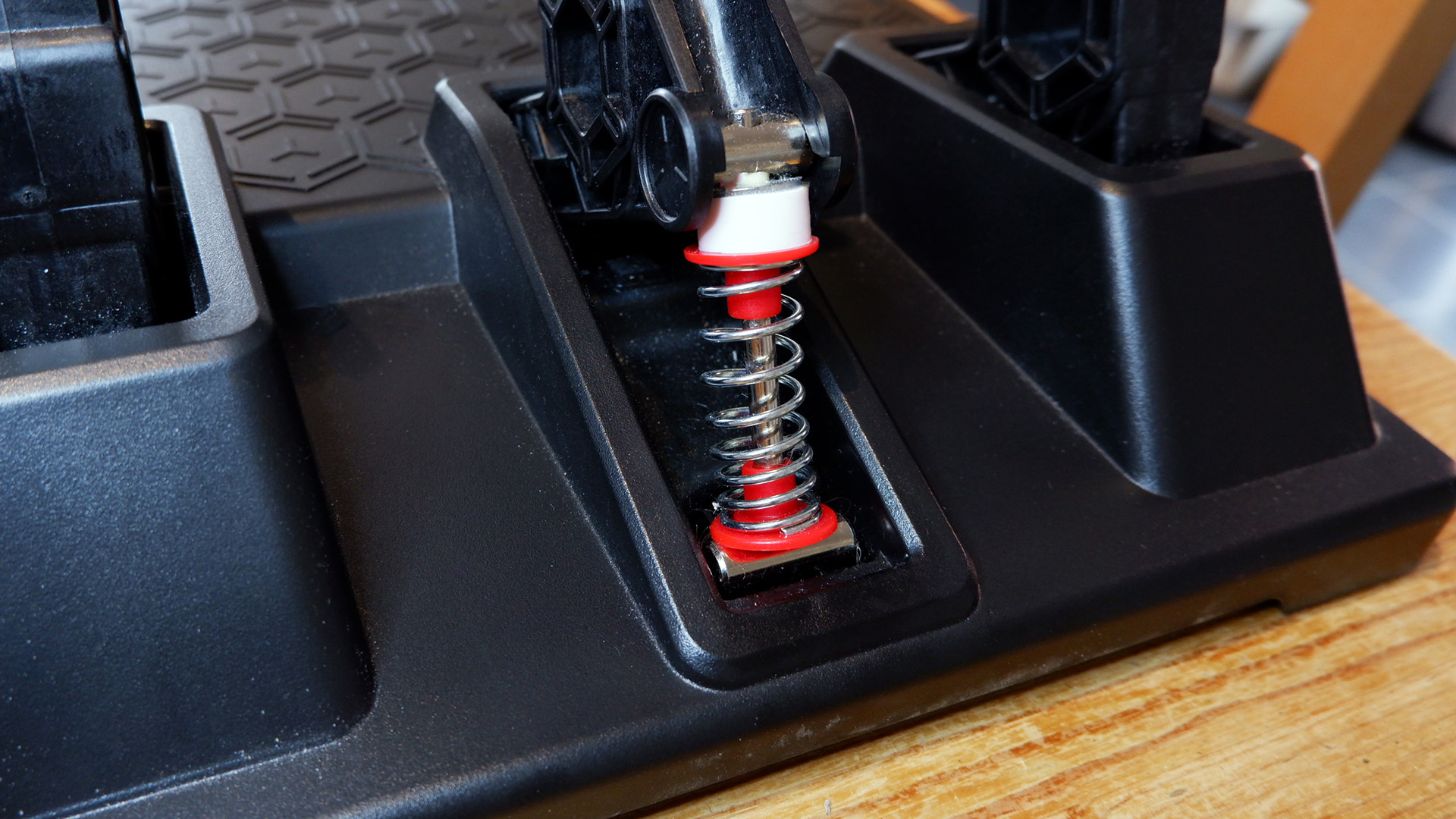
Crack the firmest spring and washer onto the pedal without a frame or support for your pedals and you may run into an issue, however. With enough braking force the pedals either tilt upwards or move around, and that can be pretty frustrating when you're trying to hit a new track record. I tested both the pedals on a carpet and smooth floor and both suffered the same sort of issue with unwantedly shifting around, and you'll want to back the pedals up against a wall (or use a block of wood to prevent sliding like I did) to keep the worst of this from happening.
The takeaway for me here is that a racing sim frame of some description is a bit of a necessity if you want to step up your sim racing experience. I'm yet to find any pedal sets with decent brake pedals that are able to stand up to the fast-paced, aggressive braking demanded in most games without moving around a fair bit. That's true of the pedals included with the Fanatec GT DD Pro and Logitech G923, too, though the carpet grip system on the latter definitely helped keep some of that movement to a minimum.
But an overall impressive pedal set for the money, and there's good form elsewhere to report.
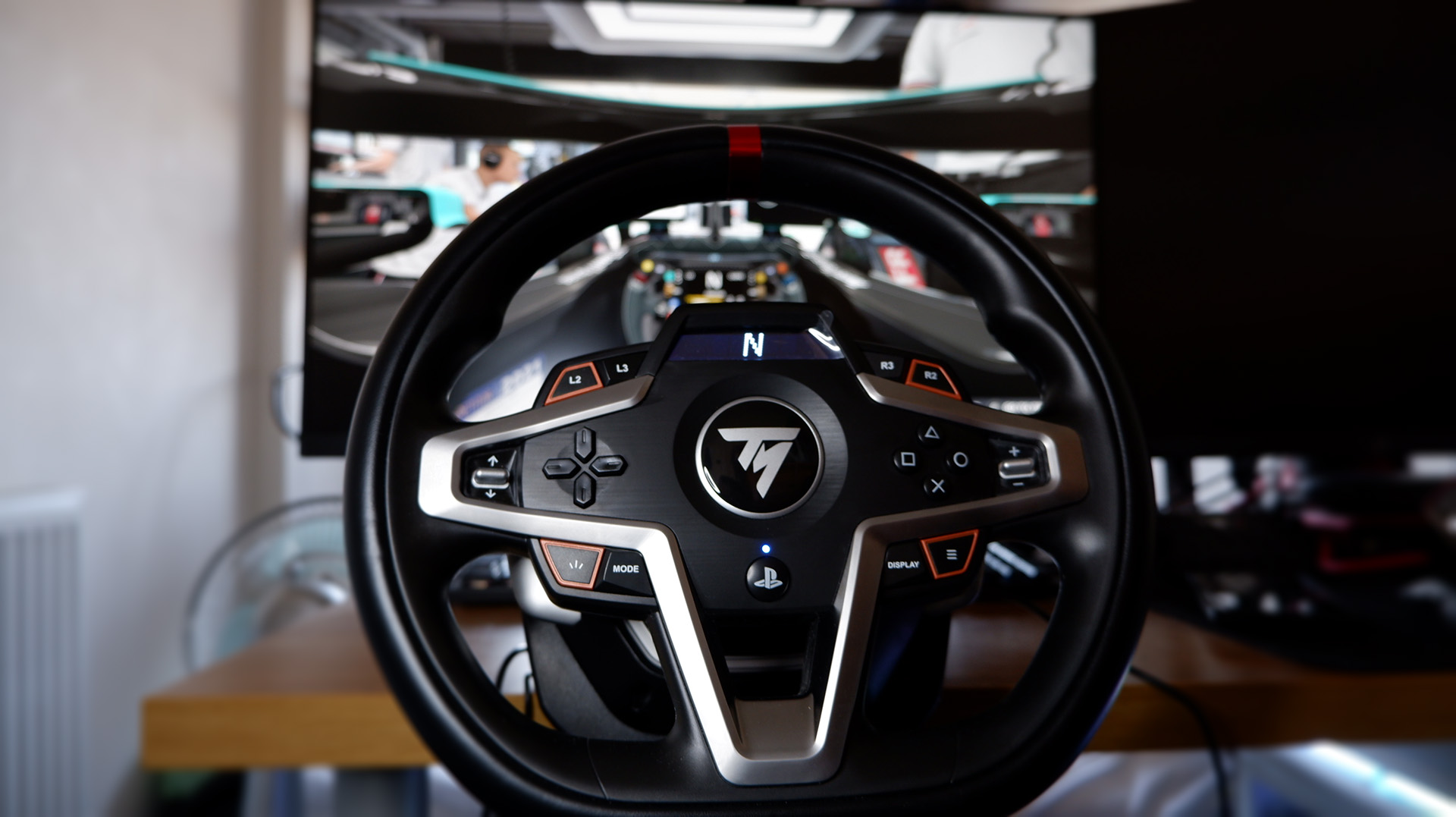
The paddle shifters on the T248 are the most responsive I've used, ever. They're magnetic and I'm yet to miss a gear while using them. That's something I wish I could say about the Logitech G923's paddle shifters, which feel great but I often miss shifts while using. The T248's shifters are just really responsive and you can hit them with certainty, but before I sing too much praise you have to know one thing about them.
The T248's paddles are loud. Like, really loud.
The paddle shifters on the T248 are the most responsive I've used, ever.
These are not only the best I've used but by far the absolute loudest. It's strangely not the actuation of these that makes the most noise either, it's when they're released that they rapidly fling back to position with a ear-cracking snap as plastic hits plastic.
The T248 is built out of some pretty cheap plastic, too. While I don't fear for its longevity, it doesn't live up to the finish of the G923 in how it looks or feels under hand. That's a bit of a shame, as when it comes to operation, the onboard interface, and the button layout of the T248 it is the superior option of the two.
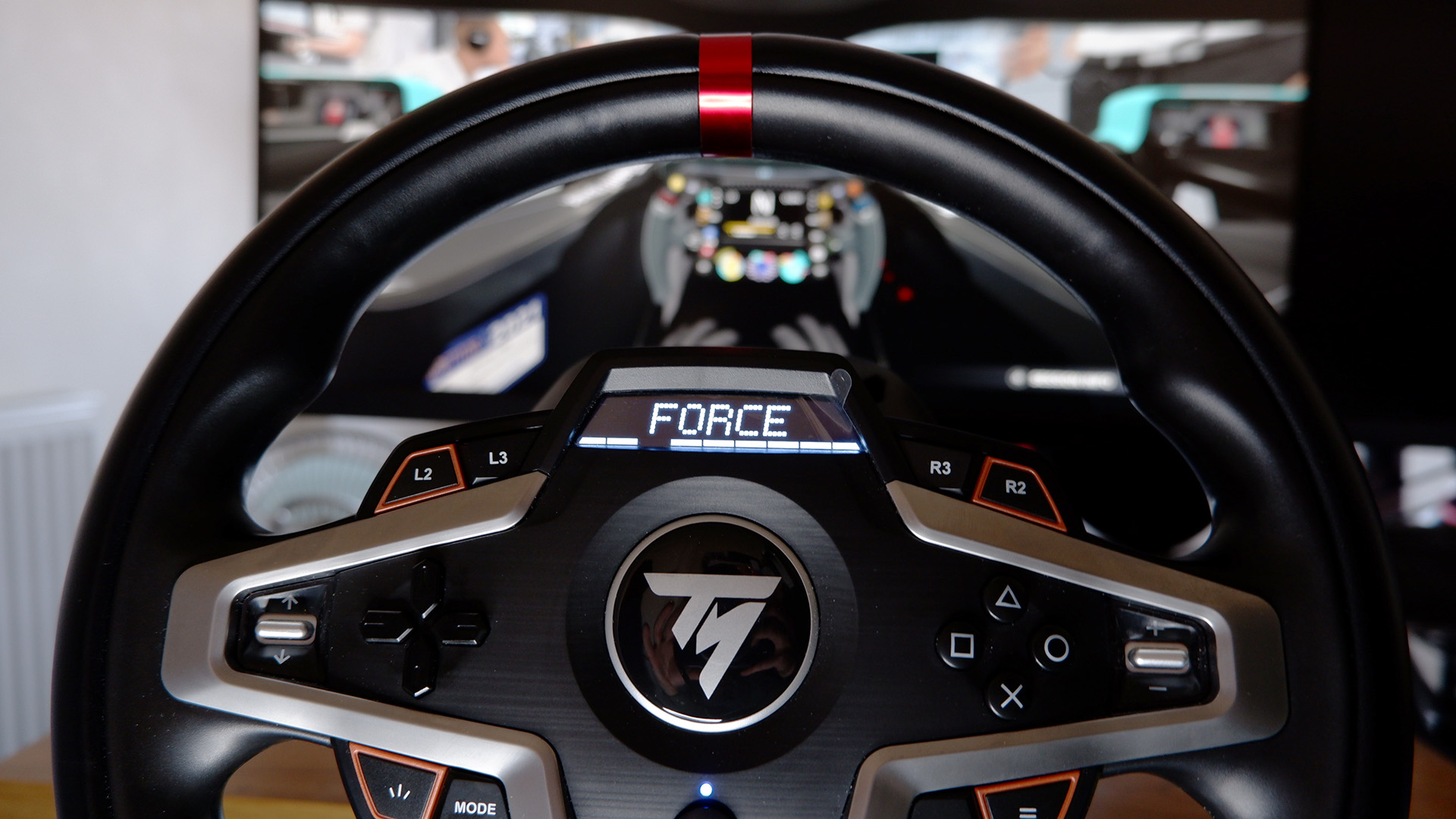
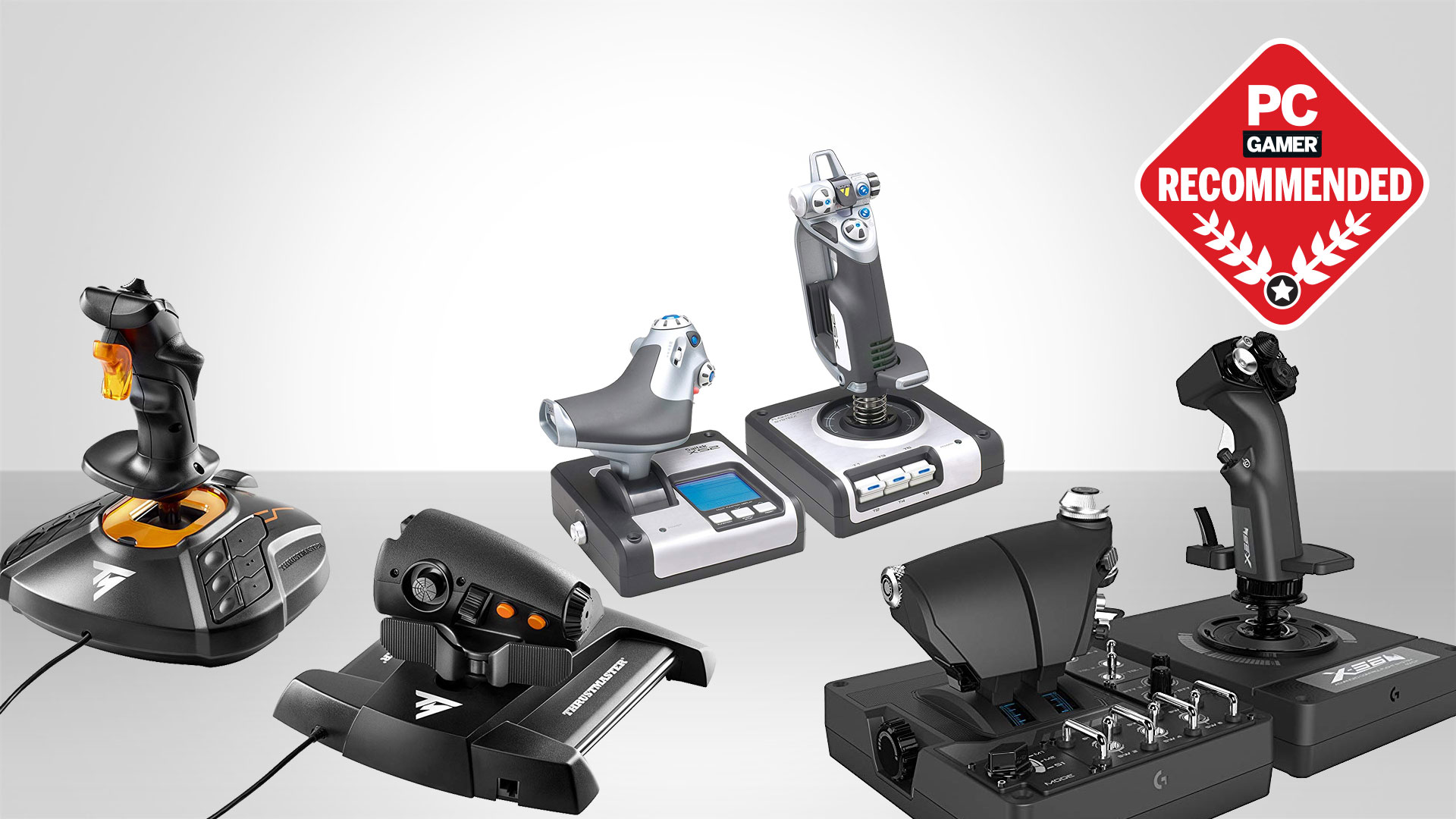
Best PC joysticks: get your wings
Best PC racing wheels : perfect for any circuit.
Best VR headset: which set is right for trackdays?
There's a lot to love and a lot that's just okay with the Thrustmaster T248. Luckily, though, I think the just okay stuff makes up the more minor features that matter less when you're focused squarely on racing your best. There's also very little bad about it.
The T248's impressive force feedback matters most while you're pushing for pole, and that the T248 absolutely nails versus the competition here. While I don't think it's necessarily a home-run from Thrustmaster in replacing the T300RS—which is still a great, if a little pricier option to form the foundation of your racing sim setup (especially if you want pedals to match the T248)—there's a competitive wheel in the T248 that no one else can match right now at the price.
As with most PC hardware, you could throw a little more at your racing wheel budget and get a reasonable lift in quality for it, but the Thrustmaster T248 is a great fit for both new racers and more enthusiast racers that don't want to overspend.
The Thrustmaster T248 is the best racing wheel for developing your driving skills at an affordable price.

Jacob earned his first byline writing for his own tech blog. From there, he graduated to professionally breaking things as hardware writer at PCGamesN, and would go on to run the team as hardware editor. He joined PC Gamer's top staff as senior hardware editor before becoming managing editor of the hardware team, and you'll now find him reporting on the latest developments in the technology and gaming industries and testing the newest PC components.
